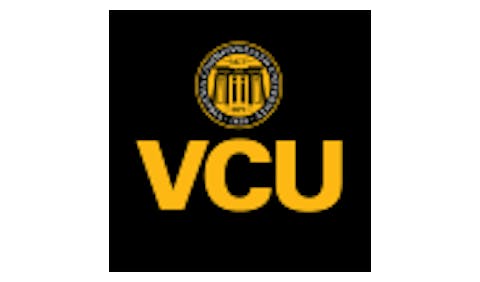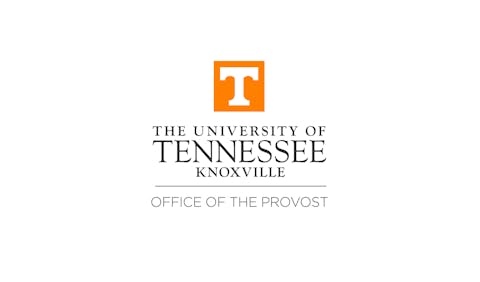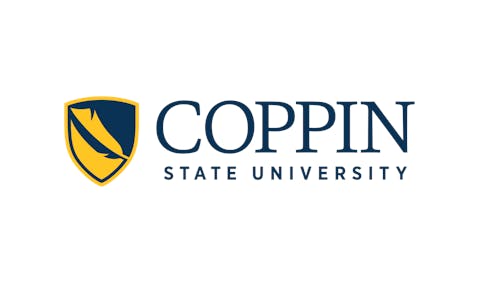 William D. Jones
William D. Jones
There’s an almost poetic irony in how we separate athletics from the academic enterprise, as if one is muscle and the other mind. This binary is a fiction, and a dangerous one. College athletics has not only coexisted with higher education; it has shaped it. From early intercollegiate rowing competitions in the 19th century, often funded and promoted by Ivy League elites, to today’s billion-dollar football empires, athletics has helped define institutional identity, shape enrollment demographics, influence capital campaigns, and anchor regional loyalty in ways no academic department ever could. It is not the front porch of the university. It is the very architecture of public perception. And yet we study it as if it were an outbuilding. Why is there not more peer-reviewed, rigorous, interdisciplinary scholarship on the political economy of college sports? Why have scholars been so timid in embracing athletics as a site of cultural production, of identity formation, of institutional politics? Why do faculty in sociology, philosophy, political science, economics, and education whisper of athletics with derision or ignorance, when the athletes themselves sit beside their students in the same classrooms?
As universities leaned further into the vortex of neoliberal logic, metrics over mission, prestige over purpose, return-on-investment over the slow burn of human growth, college athletics was already fluent in the language. In fact, it has been the most potent teacher of this logic. Athletics is a case study in commodification. Student-athletes, once cloaked in the mythology of amateurism, now stand at the center of a performative economy where institutions monetize their bodies, their likenesses, their labor, and then offer them the “gift” of education in return, as if the transaction were equitable. The neoliberal university has learned from athletics how to brand itself, how to chase spectacle, how to transform identity into revenue. And yet, in the most poetic of twists, athletics may also be the place where the neoliberal project begins to unravel. The NIL (Name, Image, and Likeness) era, the transfer portal, and the pending revenue-sharing models represent fissures in the neoliberal armor. They reveal the contradictions of a system that has profited off the pretense of purity. Here, athletes are reclaiming agency. They are forcing the institution to confront the uncomfortable question: if you can sell my jersey, why can’t I?
The academy has failed, not in its occasional critiques of college athletics, but in its refusal to engage it with the full force of intellectual curiosity. We have not asked what it truly means for a university to rely so heavily on athletic revenues while simultaneously underfunding humanities departments or eliminating tenure-track positions. We have shied away from examining the dissonance between multimillion-dollar stadium expansions and the growing ranks of adjunct faculty fighting for basic security. We rarely probe how student-athletes navigate dual identities in systems that commodify one and barely tolerate the other. We’ve turned away from the deeply uncomfortable truths that college athletics reveal about race, power, and labor, especially in the stark divide between revenue-generating sports, often populated by Black male athletes, and non-revenue sports, where whiteness and privilege often dominate. Nor have we adequately interrogated the economic structures that define athletic governance, the influence of corporate partnerships, or the creeping corporatization of student life driven by sport. And perhaps most profoundly, we have failed to reflect on what is lost, intellectually, culturally, and morally, when we pretend athletics is not a worthy object of study. The silence is not incidental. It is structural. And it speaks volumes about the boundaries the academy draws around what counts as knowledge, and who gets to be its subject.
If we are to reclaim the soul of the university in the 21st century, we must collapse the false wall between academics and athletics. Not in service of sports, but in recognition of a fuller, more honest understanding of the university’s identity. Imagine what could be learned from deeply embedding athletics into the scholarly mission. What if sociology departments studied team dynamics not as an abstract, but within the locker room? What if business schools analyzed NIL contracts as real-time economic laboratories? What if philosophy students debated ethical dilemmas born from athletic governance? What if literature classes explored the narrative arcs of athletes as myth, as modern epic? Athletics is not merely extracurricular, it is curricular in the most literal sense: a site of discipline, identity, conflict, power, and possibility. But we have failed to write it into the syllabus of scholarship.
There is something ineffable, something sacred, about the shared hush of a stadium before kickoff. Something deeply human in the sweat that pools under stadium lights, the sacrifice of a third-string lineman with no scholarship and no spotlight, the late-night bus rides across forgotten towns where hope clings like condensation to the windows. These are not just moments of entertainment. They are acts of being. They are the kinds of stories universities were built to understand. And yet, in our towering academic citadels, we too often close the blinds and turn up the volume of our own erudition to drown out the sound of the crowd. Perhaps that is the question we must confront most forcefully: what are we afraid we might see if we finally opened our eyes to the soul of sport, not as a sideshow, but as a story worth telling in our journals, in our lectures, and in our hearts?
It is time. Time for faculty senates and scholarly journals and doctoral students to treat athletics not as anomaly but as artifact. Not as distraction but as data. Not as product but as praxis. The future of higher education, if it is to be relevant, just, and courageous, must be unafraid to walk onto the field and study what happens there with the same rigor we bring to Shakespeare and Sartre, to Du Bois and Derrida. In doing so, we may not only elevate the discourse around athletics, we may rediscover the purpose of the academy itself.
William D. Jones is a doctoral student in Higher Education Administration at the University of Alabama, focusing on student-athletes and the evolving landscape of collegiate athletics within the context of higher education.
















